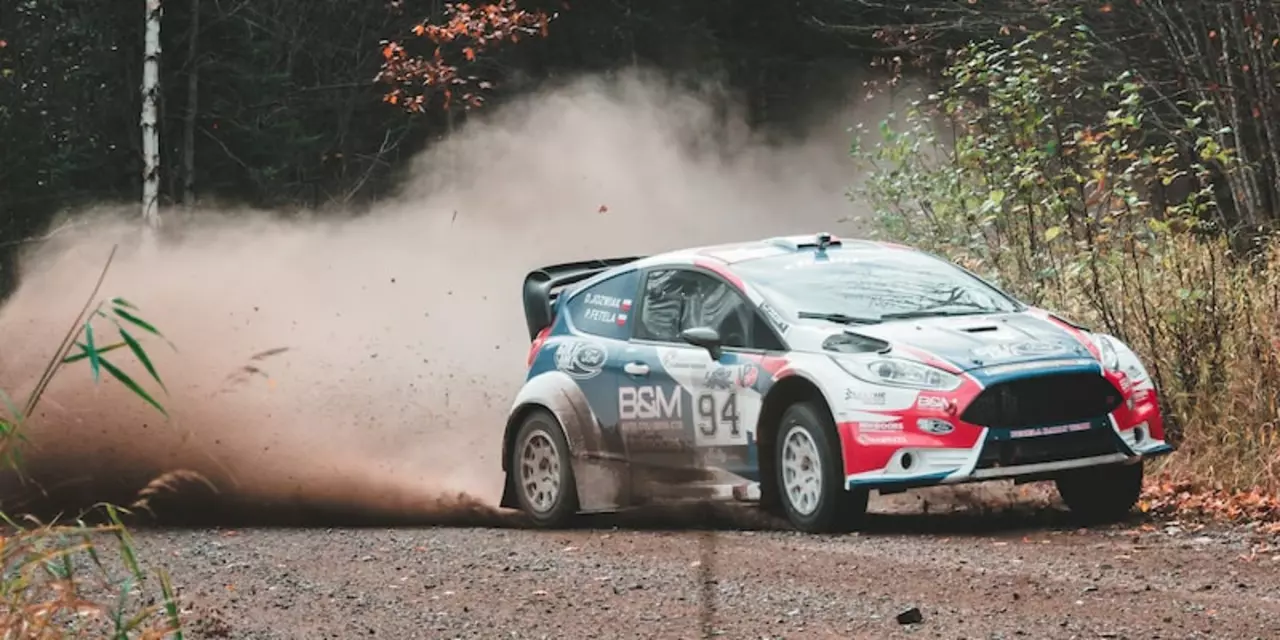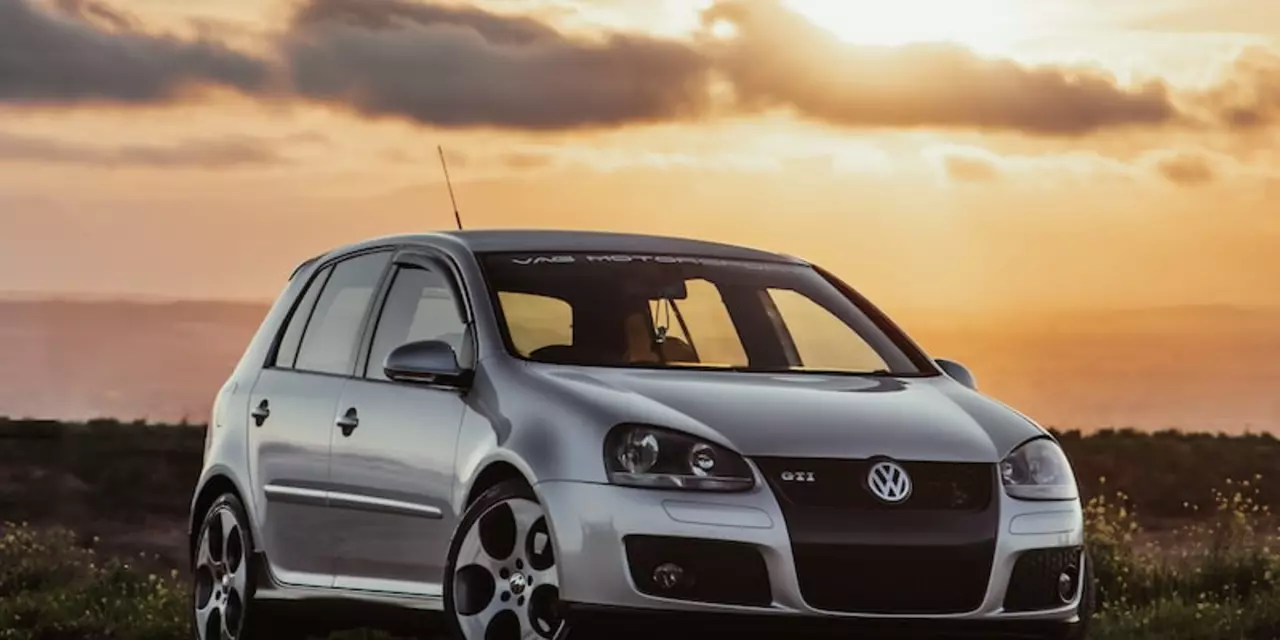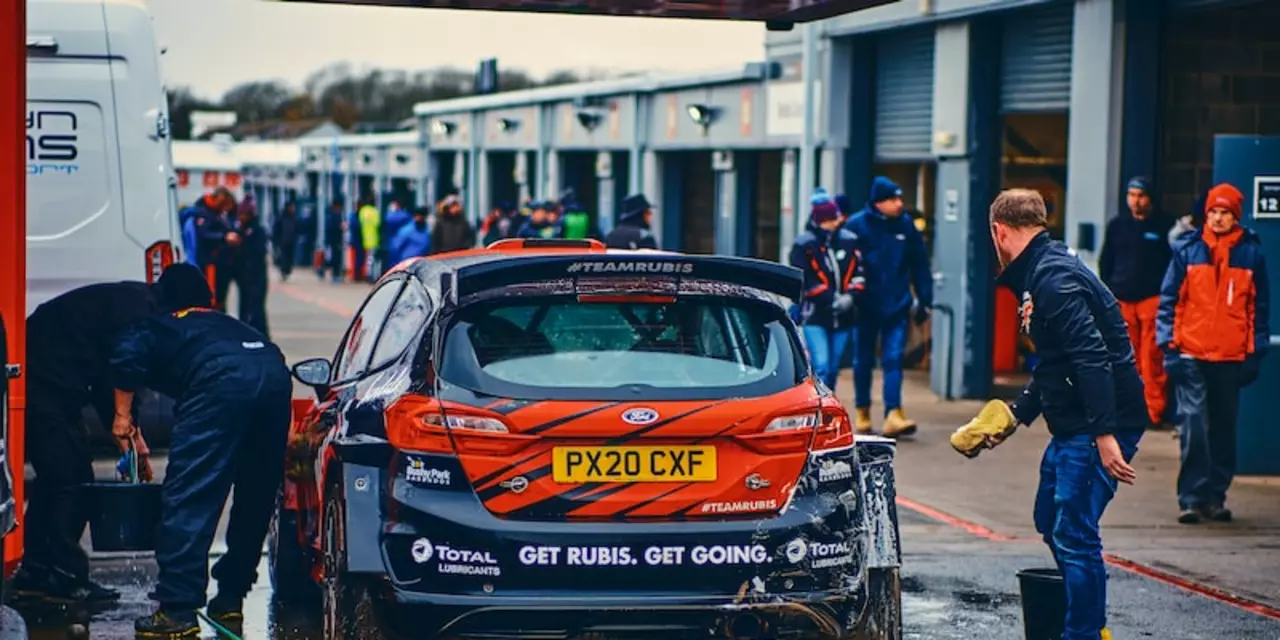Motorsport – Your Quick Guide to Rally Cars, Hatchbacks, and Group B
Welcome to the motorsport hub where you get the nitty‑gritty of rally driving without the jargon. Whether you’re curious about the sticks a driver fumbles with, why most dirt rally cars look like hatchbacks, or what really happened to the infamous Group B, you’re in the right spot. Let’s break it down.
Two Sticks Every Rally Driver Uses
First up, the gear lever. It’s the long stick on the left side of the cockpit that lets the driver shift up and down without taking their hands off the wheel. In a rally, you’re changing gears every few seconds, so the lever’s placement and feel are crucial. Mastering it means smoother acceleration out of tight turns.
The second stick is the handbrake, often called the “e‑brake.” It sits on the right and pops the rear wheels when you need to slide the car around a hairpin or hold it steady on a hill. Pull it too hard and you spin; pull it too light and you miss the angle. Getting the timing right can win or lose a stage.
Why Hatchbacks Rule Dirt Rally
When you look at a dirt rally grid, most cars are hatchbacks. The secret? They’re light, low‑centered, and have a rear door that opens wide for quick repairs. That low center of gravity keeps them planted on loose surfaces, and the compact shape lets drivers swing the car around sharp corners with less body roll.
Hatchbacks also come with a range of engine sizes, so teams can tune for power without breaking the bank. Their affordability means new drivers can join the sport faster, keeping the field fresh and competitive.
Back in the 80s, the FIA pulled the plug on Group B rally cars after a series of tragic crashes. Those beasts packed massive turbocharged engines, lightweight frames, and almost no safety gear. The speeds were insane, but the safety standards lagged behind, leading to fatal accidents for drivers and spectators alike. The ban forced manufacturers to develop safer, more balanced Group A cars, which still thrill but keep the risk in check.
Today, the spirit of Group B lives on in the way teams push the limits of technology while respecting safety. Modern rally cars still chase power and agility, but they do it with roll cages, fire suppression systems, and strict crash testing.
If you’re new to motorsport, start by watching a few stages online. Notice how drivers handle the two sticks, how the car’s shape helps on dirt, and how safety gear has evolved. It’s a visual lesson you can’t get from a text alone.
Got a question about gear shifting, car mods, or the Group B story? Drop a comment or join our forum. The community loves sharing tips, fixing common issues, and debating the best rally setups.
Keep coming back for the latest race results, driver interviews, and how‑to guides. We’ll keep the content fast, practical, and jargon‑free so you can enjoy the adrenaline without the fluff.

What are the 2 sticks used by the driver in a rally car?
The article discusses the two sticks used by the driver in a rally car. The first stick is the gear lever, which is used to change gears. The second stick is the handbrake, which is used to slow the car down in tight corners and when the driver needs to make quick changes of direction. It is also used to hold the car on a hill or when the car is stationary. Both sticks require skill and precision to use effectively, and mastering them can be the difference between success and failure in a rally.

Why are dirt rally racing cars always hatchback?
Dirt rally racing is a type of motorsport that involves driving cars on unpaved roads. Hatchback cars are the most popular choice for this type of racing because of their superior handling, traction, and maneuverability. They also have a low center of gravity and are lightweight, making them ideal for navigating difficult terrain. Additionally, hatchbacks have a wide range of engine sizes and are easy to modify and tune for better performance. Their affordability and accessibility also make them a great choice for dirt rally racing.

In rally car racing, why were Group B rally cars banned?
Group B rally cars were banned in 1986 after a series of fatal accidents. These cars, built for speed, featured lightweight materials and turbocharged engines, making them the fastest, most powerful rally cars of their time. The cars' extreme capabilities and lack of safety measures made them too dangerous for public roads and caused a number of deaths of both drivers and spectators. As a result of the fatalities, the FIA (Federation Internationale de l'Automobile) decided to eliminate the Group B category and replace it with the safer Group A cars, which were less powerful and featured more safety features. This decision not only ensured the safety of drivers, spectators and the public, but also kept racing exciting for fans.